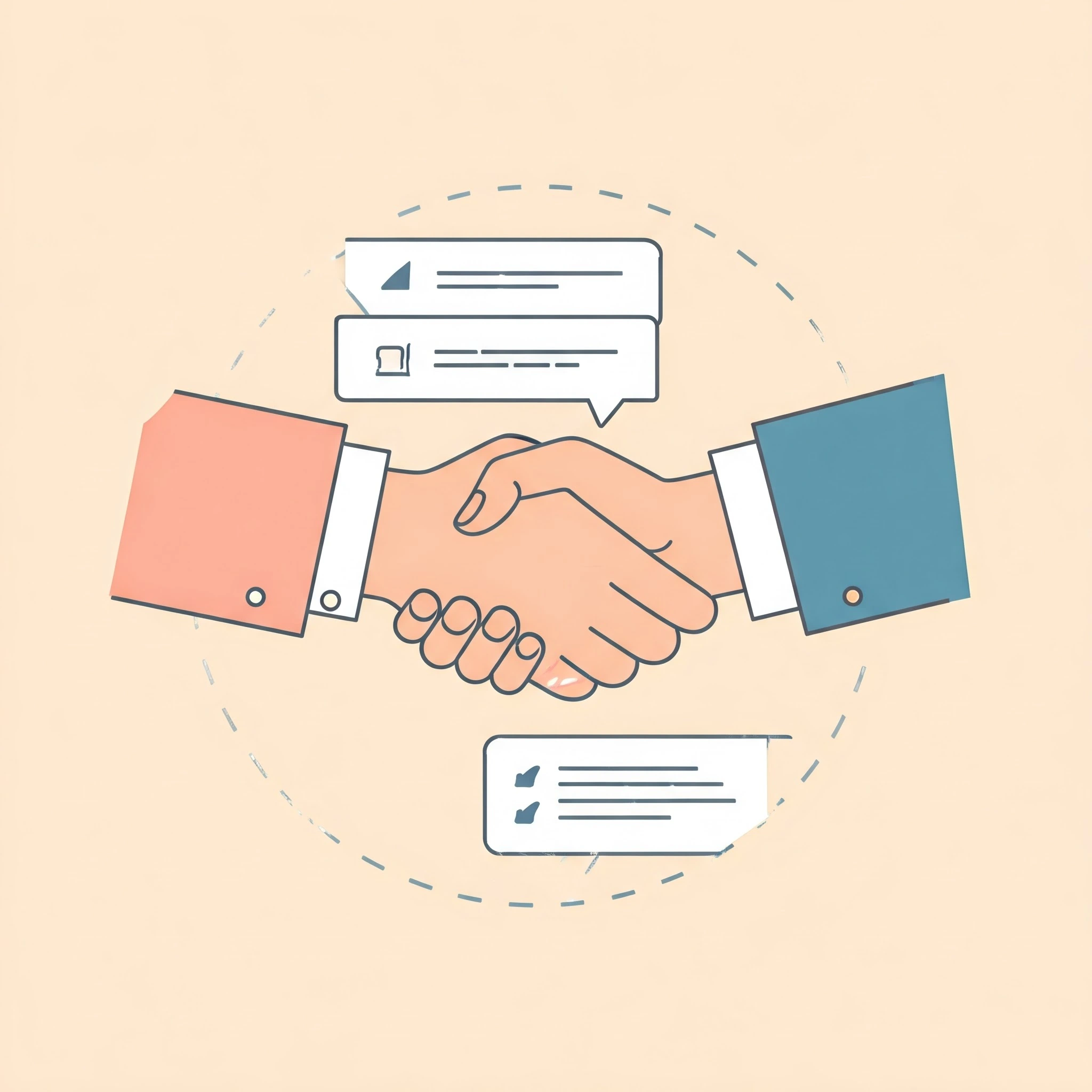In today’s hyper-connected world, consumers expect brands to be accessible on every platform, whether it’s on social media, mobile apps, websites, or in physical stores. Omnichannel marketing is no longer just a trend; it’s a necessity for brands looking to deliver seamless and consistent customer experiences.
With omnichannel marketing, businesses can integrate multiple channels into a cohesive customer journey, ensuring that every interaction is interconnected. Whether your customer is browsing on Instagram or shopping in-store, they should feel like they’re interacting with one unified brand.
In this article, we’ll break down the key elements of a successful omnichannel strategy and show you how to reach your customers everywhere they are.
What is Omnichannel Marketing?
Omnichannel marketing is an approach that ensures a seamless and integrated customer experience across various channels and touchpoints. Unlike multichannel marketing, which operates across different channels without integration, omnichannel marketing connects these channels to create a unified experience for the customer.
For example, a customer might start browsing products on your mobile app, continue the journey on a desktop, and make the final purchase in-store. Throughout this process, their information, preferences, and shopping history follow them, ensuring a consistent and personalized experience.
Key Benefits of Omnichannel Marketing:
| Benefit | Explanation |
|---|---|
| Increased Customer Loyalty | Consistent messaging and seamless transitions across channels lead to a better customer experience, which fosters loyalty. |
| Better Customer Insights | Omnichannel strategies provide data from multiple channels, offering valuable insights into customer behavior and preferences. |
| Higher Engagement Rates | Customers are more likely to engage with a brand that meets them wherever they are, from social media to email and beyond. |
| Improved Customer Retention | When customers can effortlessly transition between channels, they’re more likely to return, boosting long-term retention. |
| Boosted Revenue | A cohesive omnichannel strategy increases conversion rates, as customers encounter fewer barriers and can seamlessly move toward completing purchases. |
The Key Elements of a Successful Omnichannel Marketing Strategy
To truly master omnichannel marketing, you need to focus on the following key elements:
1. Consistent Branding Across Channels
Whether your customer is browsing your Instagram feed or visiting your website, your brand message and visual identity must be consistent. This includes using the same logos, colors, and messaging across all touchpoints. A cohesive brand experience is essential for building trust and recognition.
2. Personalized Customer Experience
Consumers expect personalized experiences in today’s market. Leverage data to provide personalized product recommendations, tailored promotions, and custom content. For example, if a customer frequently browses a particular product category on your website, showcase that product more prominently in your email marketing campaigns.
3. Seamless Integration Between Channels
The magic of omnichannel marketing lies in the integration. If a customer adds an item to their cart on your mobile app, they should be able to complete the purchase on your desktop site without starting over. Synchronize your data and systems to ensure smooth transitions across devices and platforms.
4. Data-Driven Insights
Collect data from every channel to better understand your customers. Use analytics to track how customers interact with your brand at each touchpoint. This can help you refine your strategy and deliver more personalized, relevant content that drives engagement.
5. Unified Customer Service
Whether customers are reaching out on social media, via email, or through a chatbot, they should receive the same high level of service. A unified approach to customer support is crucial for maintaining satisfaction and consistency across channels.
Omnichannel Marketing Examples:
Starbucks
Starbucks has perfected the omnichannel experience with its loyalty program. Customers can use the app to order and pay in advance, earn rewards, and check their balance. They can start an order on their phone and pick it up in-store, all while receiving personalized recommendations based on past purchases.
Amazon
Amazon’s omnichannel approach revolves around convenience. The seamless transition between browsing on desktop, mobile, and even Alexa ensures customers can shop easily from anywhere. The brand also integrates its physical stores, allowing customers to pick up and return items purchased online.
Nike
Nike integrates both online and offline shopping experiences with its omnichannel strategy. Its mobile app allows customers to reserve products in-store, view personalized product recommendations, and access exclusive offers. By connecting its physical and digital stores, Nike ensures customers can enjoy a unified brand experience wherever they shop.
Interactive Fact: Why Omnichannel Marketing Matters
| Omnichannel Marketing Statistics |
|---|
| 73% of consumers prefer shopping through multiple channels. |
| Brands with strong omnichannel customer engagement strategies retain 89% of their customers, compared to 33% for those with weak strategies. |
| 74% of customers get frustrated when website content is not personalized. |
| Omnichannel customers spend 10% more than those who only use a single channel. |
| 63% of millennials expect to be able to shop online and pick up their purchase in a physical store. |
How to Build an Omnichannel Marketing Strategy
Here’s a step-by-step guide to help you implement your omnichannel marketing strategy:
- Know Your Audience: Use customer data to create detailed personas. Understand where they spend their time, how they shop, and what content they engage with the most.
- Choose the Right Channels: Identify the key platforms and channels your customers use the most. This could include social media, email, mobile apps, in-store visits, and even voice-activated assistants.
- Integrate Technology: Use CRM systems, marketing automation, and data management platforms to synchronize customer information and interactions across all channels.
- Create Consistent Content: Ensure your messaging and branding remain consistent across every touchpoint, from email campaigns to in-app notifications.
- Leverage Data Analytics: Track performance data from all channels to gain insights and continuously optimize your strategy. Measure key metrics like engagement rates, conversion rates, and customer satisfaction.
Master Omnichannel Marketing with the Right Tools
To effectively implement omnichannel marketing, you need the right tools. Here are some essential platforms to help you manage your strategy:
| Tool | What It Does | Best Feature |
|---|---|---|
| HubSpot | Offers integrated CRM, email marketing, and customer data management for seamless campaigns across multiple channels. | All-in-one platform for managing campaigns. |
| Salesforce Marketing | A powerful CRM system with built-in tools for tracking customer interactions across channels. | Excellent for automating personalized campaigns. |
| Zendesk | Connects customer support across platforms like social media, email, and live chat to ensure unified service. | Unified customer service for consistent support. |
| Klaviyo | A marketing automation platform built for eCommerce brands with omnichannel engagement capabilities. | Tailored for retail and eCommerce personalization. |
| Mailchimp | Helps businesses create personalized email campaigns that integrate with social media and websites. | User-friendly email marketing with multi-channel support. |
Take Your Omnichannel Strategy to the Next Level
Omnichannel marketing isn’t just a buzzword-it’s the future of customer engagement. By delivering seamless, personalized experiences across every touchpoint, you’ll not only retain your customers but also build stronger relationships that lead to higher lifetime value.
Ready to transform your marketing approach? Start building your omnichannel strategy today to meet your customers wherever they are, with a consistent and engaging brand experience that keeps them coming back.
Get Started with Omnichannel Marketing and Watch Your Customer Engagement Soar!









